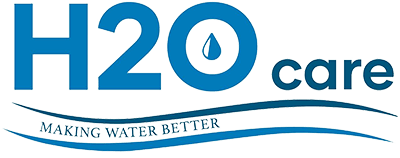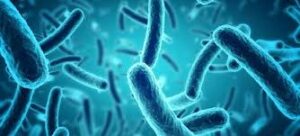
Various types of bacteria can be present in water, including both harmless and potentially harmful species. Some common types include:
1. Pathogenic Bacteria (Harmful)
These bacteria can cause diseases in humans and animals if ingested or exposed to open wounds.
-
Escherichia coli (E. coli) – Some strains, like E. coli O157:H7, can cause severe foodborne illness.
-
Salmonella – Can lead to food poisoning and typhoid fever.
-
Vibrio cholerae – Causes cholera, a severe diarrheal disease.
-
Legionella – Found in warm water systems and can cause Legionnaires’ disease.
-
Campylobacter – Often linked to gastrointestinal infections.
-
Shigella – Can cause dysentery, leading to severe diarrhea.
2. Indicator Bacteria (Used for Water Quality Testing)
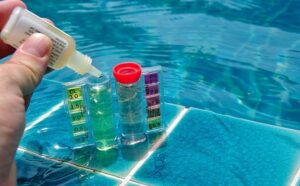
These bacteria help determine if water may be contaminated with fecal matter or other pollutants.
-
Total coliforms – A broad group that includes many harmless bacteria but is used to assess water contamination.
-
Fecal coliforms – Found in human and animal feces; their presence suggests potential contamination.
-
Enterococcus – Used to assess water quality, particularly in marine and recreational waters.
3. Non-Pathogenic Bacteria (Generally Harmless)
These bacteria are naturally found in water and usually do not pose health risks.
-
Pseudomonas aeruginosa – Common in natural water sources; can be an issue for people with weakened immune systems.
-
Nitrosomonas & Nitrobacter – Involved in nitrogen cycling in water.
-
Cyanobacteria (Blue-green algae) – Some species can produce harmful toxins (cyanotoxins).
Water quality testing is essential to determine bacterial contamination and ensure safety for drinking, swimming, or other uses.
Water Treatment for Bacteria
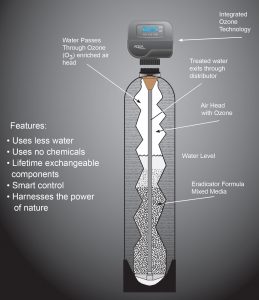
Ozone Water Disinfection
For Drinking Water:
-
Boiling – Kills most pathogens (especially effective for E. coli, Salmonella, etc.).
-
Chlorination – Commonly used in municipal water systems; kills bacteria and viruses. Can also be used to disinfect private wells.
-
UV Disinfection – Uses ultraviolet light to destroy DNA in bacteria, preventing reproduction.
-
Filtration Systems – Use very small micron rated carbon or reverse osmosis filters to physically remove contaminants.
-
Ozonation – Uses ozone gas to disinfect water.
For private well owners, it is important to protect the source. This includes:
-
Keep wells sealed and away from septic systems.
-
Avoid dumping waste near rivers, lakes, or wells.
-
Use proper agricultural practices to prevent manure runoff.
-
Maintain a safe distance between livestock and water sources.
Note: For private wells, it is also a good idea to test for coliforms, E. coli, nitrates, and other contaminants approximately once a year (or more often if there are concerns). Also, after natural disasters (like floods or hurricanes), always assume the water may be contaminated and should be tested.
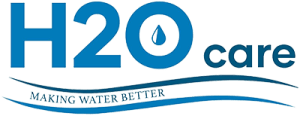
Water Testing and Filtration
H2O Care is an established, full service, regional water filtration and testing organization originally formed in 1989. Service area includes Southern NH & ME, Eastern MA & Northern RI. See our published articles in Water Technology Magazines about New England water quality issues at https://h2ocare.com/publications/. Email us at service@h2ocare.com or call us at 800-539-1100.
